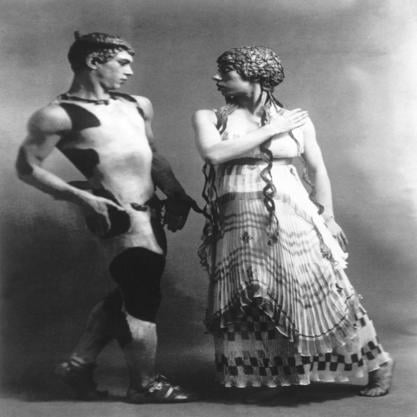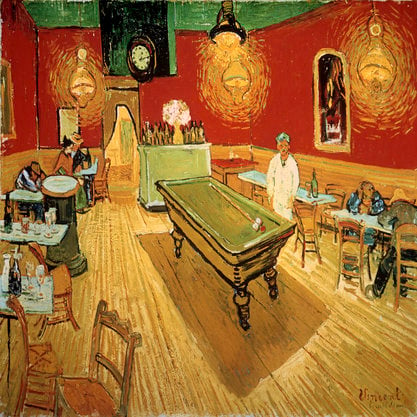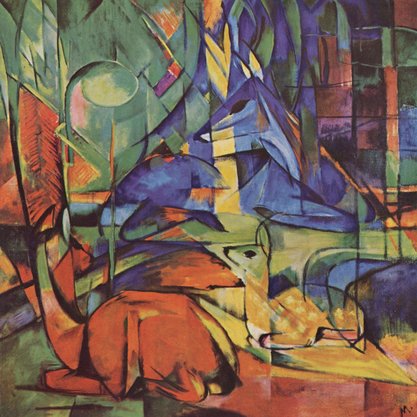Article
Modern Folk Dance By Walkowitz, Daniel J.
Article
Modern folk dance is a turn of the twentieth-century revivalist practice based upon a participatory dance form originating within village-based ethnic communities of northern Europe. It arose as part of the effort to define the modern European nation-state in the last half of the nineteenth century and gained most of its adherents in the United States and northern Europe. In the face of rapid industrialization, revivalists celebrated traditional dances with roots in the premodern medieval and Renaissance eras that they associated with a pristine, rural idyll in order to revitalize subalterns who they imagined as a “foreign race” and adapt it to modern life.


